- Focus on ecosystem conservation: grasslands in South Africa, mangroves around the world.
- FAO says cooperatives are good for you.
- Great set of cacao photos from Sustainable Harvest International.
- Video Q&A on agroforestry with Dr Dennis Garrity, Director General of ICRAF.
Genebanks shenebanks
Why bother building and maintaining huge robotic genebanks, I hear you ask? They’ll just take over the world and we’ll end up having to deal with the Terminator in a few years’ time, no? Well, as it happens there are two pieces today on the Worldwatch Institute’s blog which explain the reasons. Yassir Islam of HarvestPlus says that researchers are “scour[ing] seed banks to find seeds that contain the desired nutrients and then breed these into popular varieties using conventional methods.” And Cary Fowler of the Global Crop Diversity Trust turns to Ug99:
Where do you suppose scientists are looking for a way to deal with the disease? Just as Professor Borlaug did, they are screening hundreds of varieties of wheat to find one that shows resistance to the disease. Where would we turn if we did not have that diversity available in genebanks?
What more do you need? Oh yeah:
The UN Food and Agriculture Organization (FAO) estimates that a third of all genetic resources for food and agriculture have already been lost in the last 100 years.
Right. But at least it’s an improvement on 75%.
Robotic genebanks
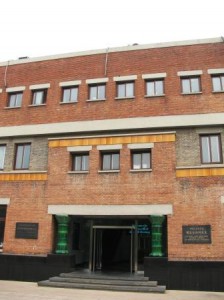
And this is the corridor leading to the long-term cold store.
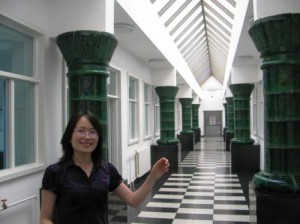
There’s a control room from which you can order a particular tray of accessions.
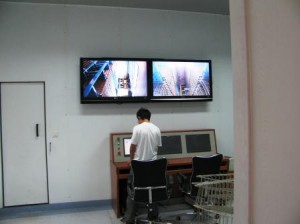
And here it is coming out.
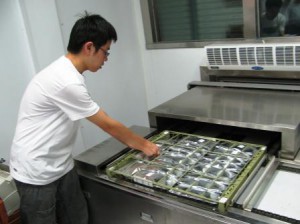
But you can also go into one of the cold stores and pick out individual accessions by hand if you prefer. 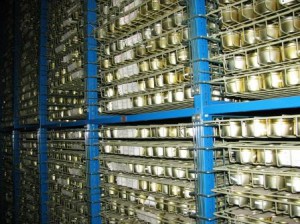
The long-term genebank holds about 356,000 accessions of 735 species, including 72,000 of rice and 45,000 of wheat. The total capacity is about 400,000, so a new facility is being built, with a capacity of 1.5 million accessions. This long-term store is the apex of a national system comprising dozens of mid-term national and local seed genebanks spread throughout the country. Plus of course there are also field and in vitro collections. The whole collection in the national genebank is duplicated at another site in China. Not at Svalbard, though. Yet.
The human body as microbial ecosystem
It’s probably best not to dig too deeply or dwell too long on the details of fecal transplantation, as Carl Zimmer does in an otherwise fascinating NY Times piece, but it does serve to remind us of the extent to which we depend on the incredible diversity of microbes, and not just for things like nitrogen fixation and fermentation.
Pomological watercolours at the NAL
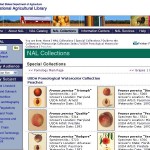 The National Agricultural Library in the US has a Special Collection consisting of watercolours of different fruit varieties. Stunning.
The National Agricultural Library in the US has a Special Collection consisting of watercolours of different fruit varieties. Stunning.